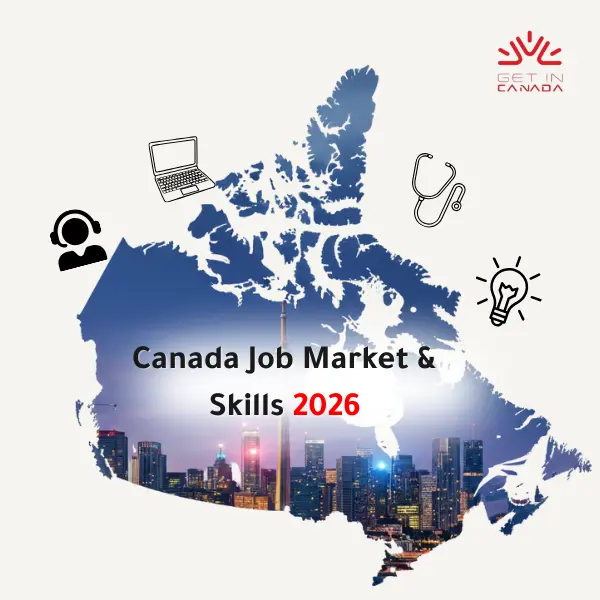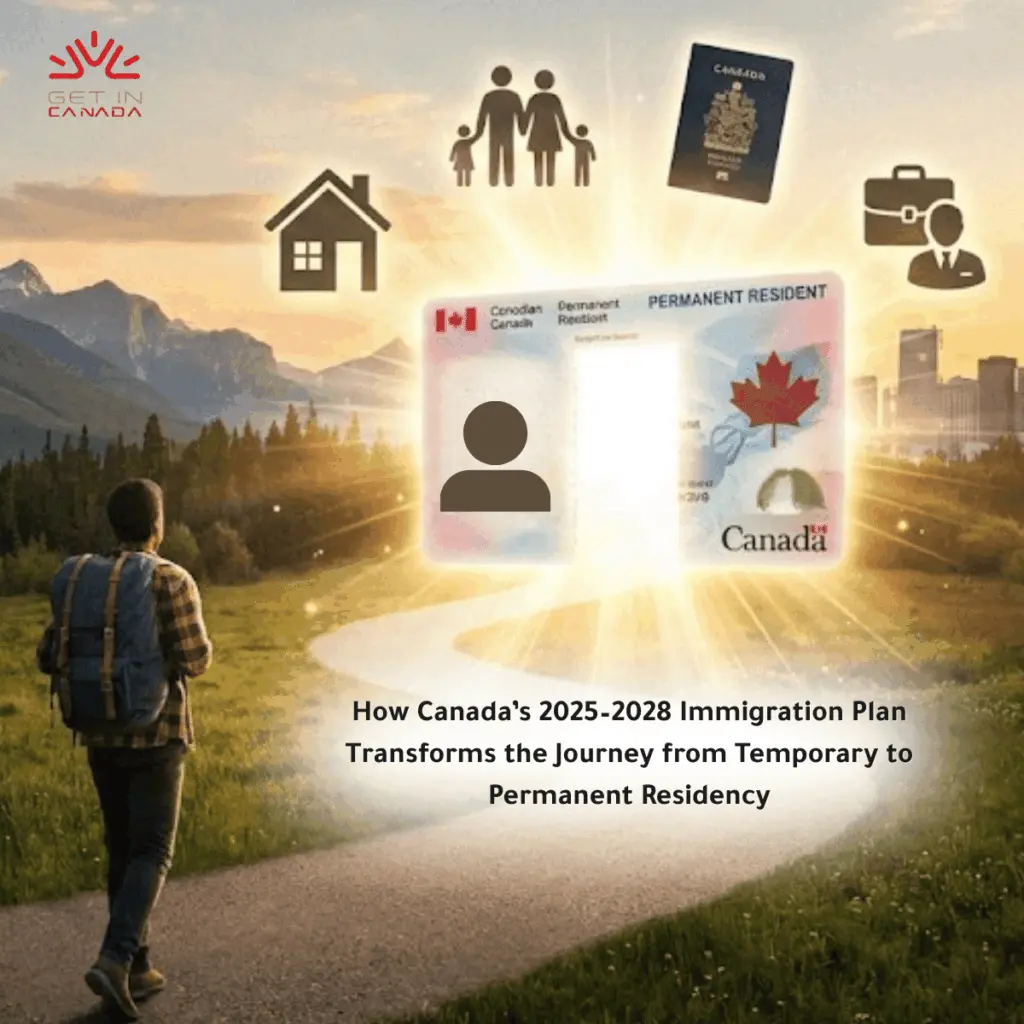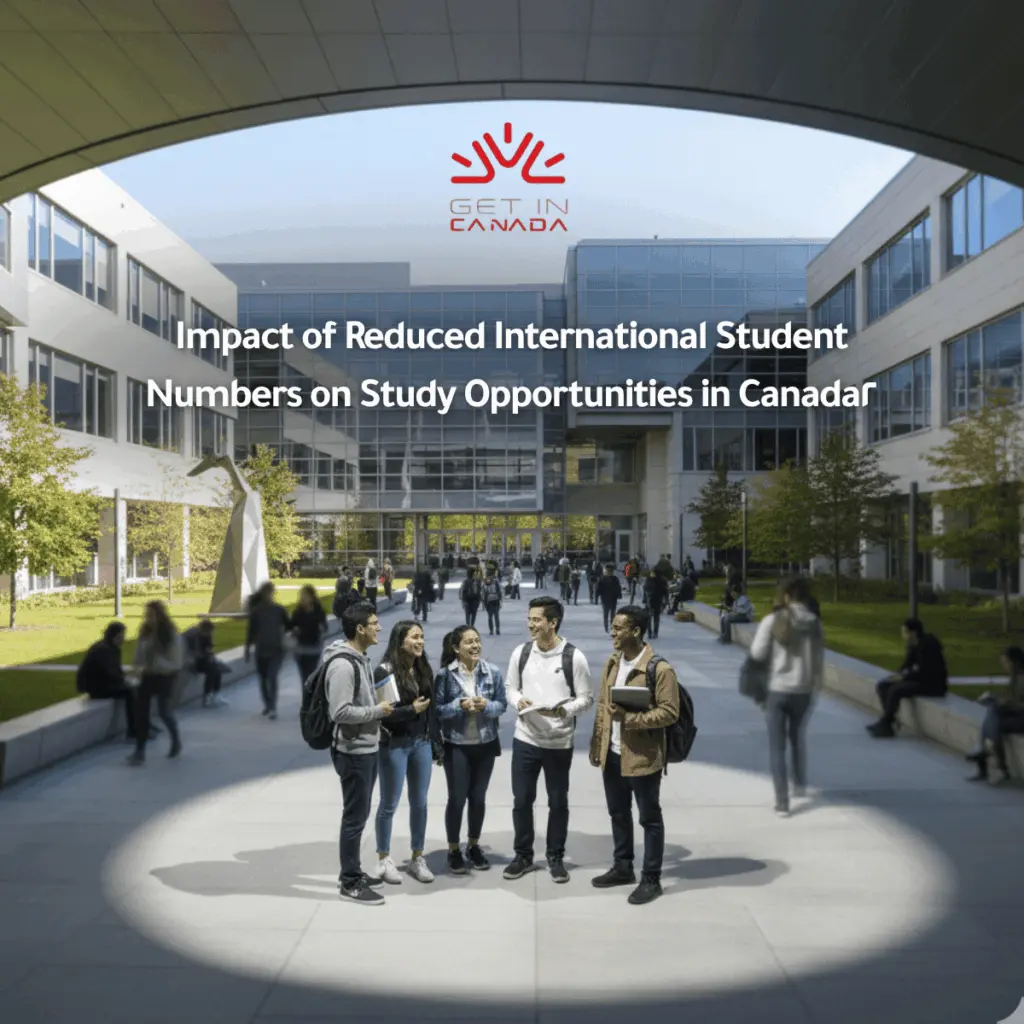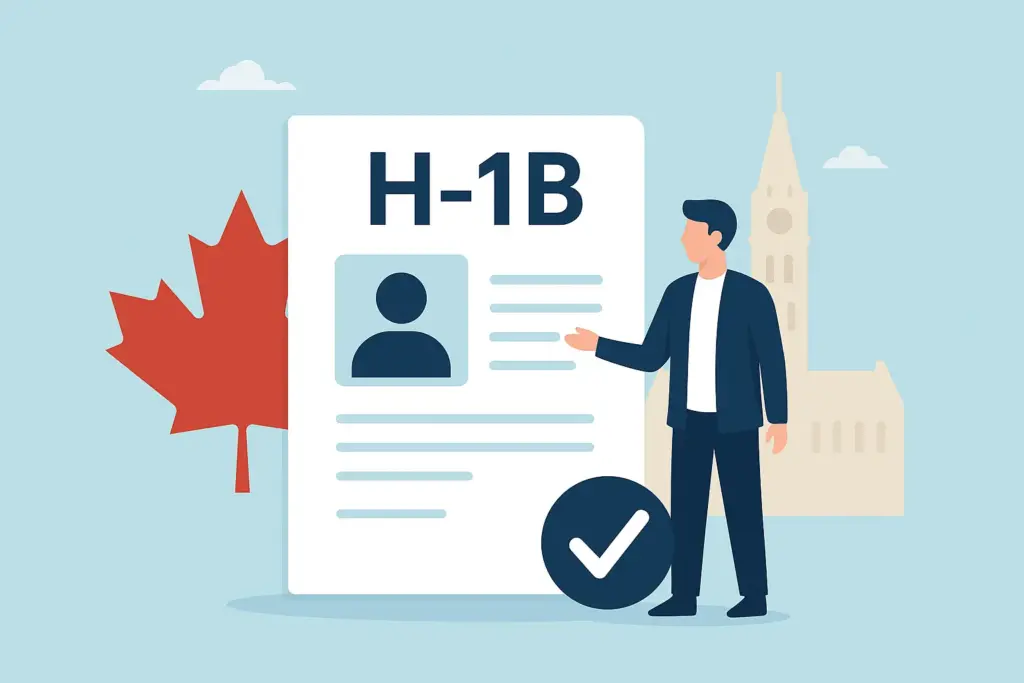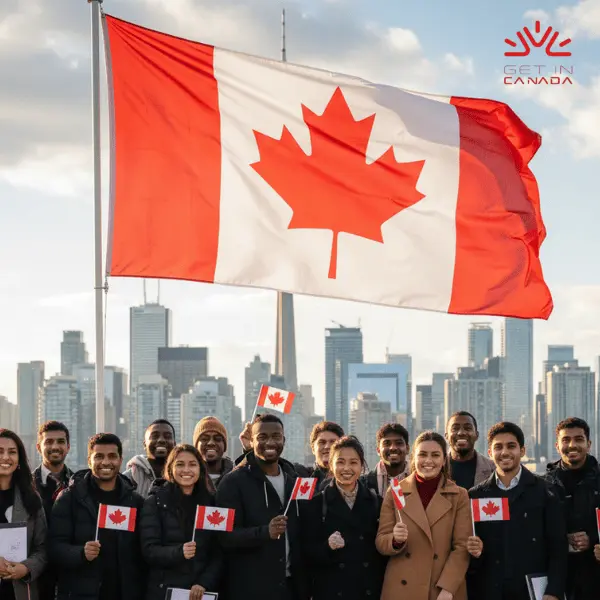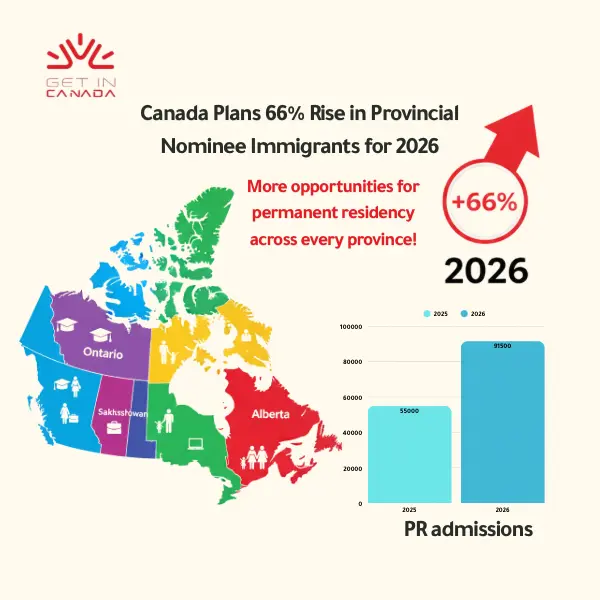Trudeau announces reducing the number of Immigrants for the next three years
In recent years, Canada has been witnessing a major increase in the number of Immigrants, as a result, Prime Minister Justin Trudeau recently revealed significant reforms to Canada’s immigration system. These changes include reducing the number of immigrants in the next 3 upcoming years. It also aims to stabilize population growth, ease pressures on housing and infrastructure, and address exploitation within the system.
Why is Canada reducing the number of Immigrants in the next 3 years?
Canada’s population has been growing faster than ever, driven largely by immigration. While international students and foreign workers have played a major role in this growth, the rapid surge has created challenges. Communities are struggling with rising housing costs, overburdened public services, and stretched resources.
To make matters worse, some unscrupulous colleges and businesses have taken advantage of newcomers, exposing serious gaps in the system. These issues have prompted the government to rethink its approach and implement reforms to create a more balanced and fair immigration process.
Trudeau acknowledged past mistakes, stating, “We acted too slowly in rebalancing the system after the pandemic.”
How does the Canadian Immigration system work?

Canada relies on two immigration streams, both vital yet imbalanced until now:
Temporary Immigration:
Short-term entrants, including students and workers, addressed immediate economic needs. Their numbers surged post-pandemic, leaving long-term challenges unaddressed.
Permanent Immigration:
Families and skilled workers are granted long-term residency and a pathway to citizenship. This group historically defined immigration planning.
For the first time, temporary immigration has been integrated into the government’s broader planning, aiming for balance and predictability.
Trudeau’s New Immigration Plan: Building Fairness and Stability
Over the next three years, Canada’s immigration system will focus on achieving fairness, sustainability, and economic stability. A key change involves stricter regulation to combat exploitation, including cracking down on fake colleges and dishonest employers. These reforms also aim to better monitor student and temporary worker programs to prevent abuse.
Another priority is supporting skilled permanent residents, especially in healthcare and construction, to address critical labour shortages. Limiting immigration levels, including caps on international students, is already helping ease housing pressures in cities like Toronto and Vancouver.
Are you curious about your eligibility to get in Canada? →
Early Wins and Long-Term Goals
Immediate Benefits will come in effect for Canada include:
- Housing Relief: Rental prices in major cities are stabilizing.
- Worker Protections: New rules prevent exploitation and ensure fairness.
Future Goals include: By 2027, Canada aims to return to balanced immigration growth, ensuring every newcomer can access decent housing, healthcare, and employment opportunities.
Trudeau’s reforms mark a turning point, reflecting Canada’s dual commitment to welcoming immigrants and ensuring the sustainability of its communities. While challenges remain, this reset offers a path toward a fairer and more resilient immigration system.


